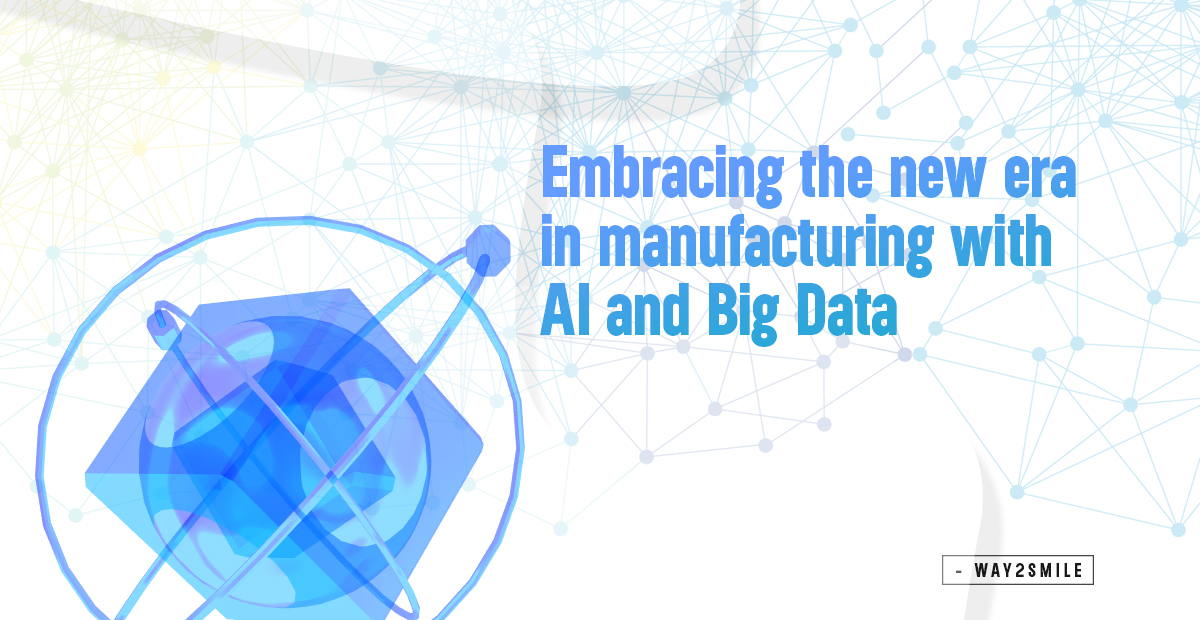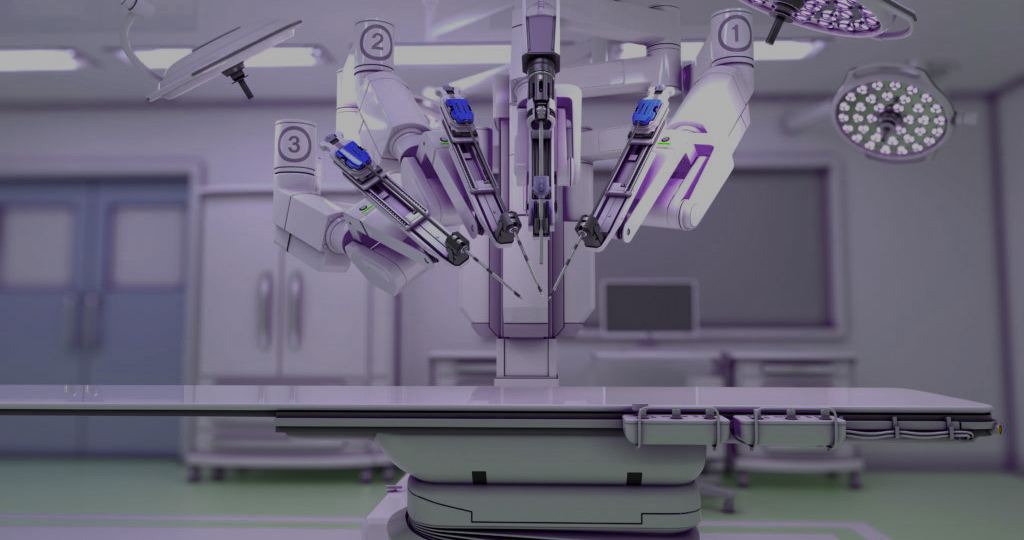While the desire to digitally change manufacturing has been argued for over a decade, recent events have only enhanced demand for the agility, scalability, and resilience that Industry 4.0 and smart manufacturing capabilities can give. Industry 4.0 is transforming how companies produce, improve, and distribute their products. As the digital transformation advances, manufacturers will have access to an increasing number of new tools and business intelligence solutions, giving them a range of competitive advantages.
By 2025, the global big data analytics companies are expected to produce $68.09 billion in trade.
Manufacturers are implementing new technologies such as the Internet of Things (IoT), cloud computing, big data and analytics, and AI & machine learning into their production facilities and processes. From textiles and food to pharmaceuticals and industrial chemicals, the shift away from paper-based processes and toward more efficient digital solutions is benefiting a wide range of businesses by increasing productivity, cutting costs, and improving operating efficiency.
The artificial intelligence (AI) software sector is predicted to grow rapidly in the next few years, reaching a market value of more than 126 billion dollars by 2025.
Artificial Intelligence
Artificial intelligence is a technique for making a computer, a computer-controlled robot, or software think intelligently like a human brain. An AI is developed by analyzing the cognitive process and studying the human brain's patterns. These studies lead to the development of intelligent software and systems. The importance of AI for manufacturing mainly focuses on integrating large-scale, complex, iterative processing techniques. This combination enables AI to learn from the examined data's patterns and attributes. After each cycle of data processing, an artificial intelligence system evaluates its performance and utilizes the results to build new knowledge.
Big Data
"Big data" refers to large, complex, organized, and unstructured data collections that are rapidly produced and exchanged from a variety of sources. The 3Vs of Big Data:
Volume
The enormous amounts of data that must be stored
Velocity
At breakneck speed, data streams must be analyzed and assessed.
Variety
Numbers, text, video, photographs, audio, and text are among the sources and formats from which data is gathered. Every time a person opens an app, searches Google, or just moves their mobile device, data is generated. Businesses and organizations must manage, store, examine, and analyze large volumes of important data. Because standard data tools aren't designed to manage this degree of complexity and volume, a slew of big data software and architectural solutions have sprung up to help.
How are AI and Big Data bringing change to the manufacturing sector?
The integration or blend of AI and Big Data into the manufacturing environment ushers in a new era known as 'Industry 4.0.' These smart factories utilize advanced sensors, embedded software, and robotics to collect and analyze data, allowing for better decision-making. When manufacturing data is combined with operational data from ERP, supply chain, customer service, and other business systems, previously isolated data gains new levels of visibility and insight.
More automation, predictive maintenance, self-optimization of process improvements, and, most importantly, a new level of efficiency and responsiveness to consumers that was previously unreachable are all benefits of digital technology. AI and the future of manufacturing has a fantastic potential to enter the fourth industrial revolution by building smart factories. Analyzing massive amounts of big data from industrial sensors allows for a real-time picture of production assets as well as tools for predictive maintenance to save downtime. In addition to that, big data in manufacturing is beneficial for managing costs and boosting efficiency.
What technologies are driving the new era of manufacturing?
Internet of Things (IoT)
The Internet of Things (IoT) is widely used in smart factories. Sensors having an IP address are mounted on the factory floor, allowing machines to connect with other web-enabled equipment.Because of this automation and connectivity, large amounts of critical data can be collected, analyzed, and disseminated.
AI and Machine Learning
Manufacturing companies can utilize AI and machine learning to fully use the vast amounts of data generated not just on the manufacturing floor, but also throughout their many business divisions, as well as from partners and third-party sources. Industrial AI solutions will provide insights into operations and business processes, enabling visibility, predictability, and automation.
Edge Computing
Some data analysis must be done at the "edge," or where the data is created, due to the requirements of real-time production. This reduces the amount of time it takes to compile data and respond to requests. For example, detecting a safety or quality issue with equipment would necessitate a near-real-time response.The time it takes to send data to the corporate cloud and then back to the production floor might be lengthy, and network reliability is required. Additionally, edge computing keeps data near to its source, reducing security risks.
Cybersecurity
Cybersecurity systems haven't always been a top priority for manufacturing organizations. However, the same factory or field (OT) link that allows for more efficient production operations also allows hostile assaults and viruses to enter.While undergoing a digital transformation to Industry 4.0, it is necessary to implement a cybersecurity solution that encompasses both IT and OT equipment.
Digital Twin
Manufacturers may now construct digital twins, which are virtual clones of processes, manufacturing lines, facilities, and supply networks, thanks to Industry 4.0's digital revolution. Data from IoT sensors, gadgets, PLCs, and other internet-connected equipment is used to create a digital twin. Manufacturers may use digital twins to improve productivity, streamline processes, and develop new items. Modeling may be used by manufacturers to analyze changes to a production process, such as finding ways to minimize downtime or enhance capacity.
Summing Up
As digitization sweeps the industrial sector, the number and variety of fascinating solutions available to organizations grows all the time. Businesses that embrace AI, big data, and other technologies may see significant increases in efficiency and profitability, as well as the capacity to future-proof their operations. Manufacturers can build an IT infrastructure that allows them to take advantage of these exciting new technologies as quickly as possible by investing in the right tools today, such as reliable IT equipment, enterprise resource planning, and production execution systems. Connect with well-known digital transformation consulting services to discover more about low-cost AI and big data solutions that can help businesses outperform the competition.







